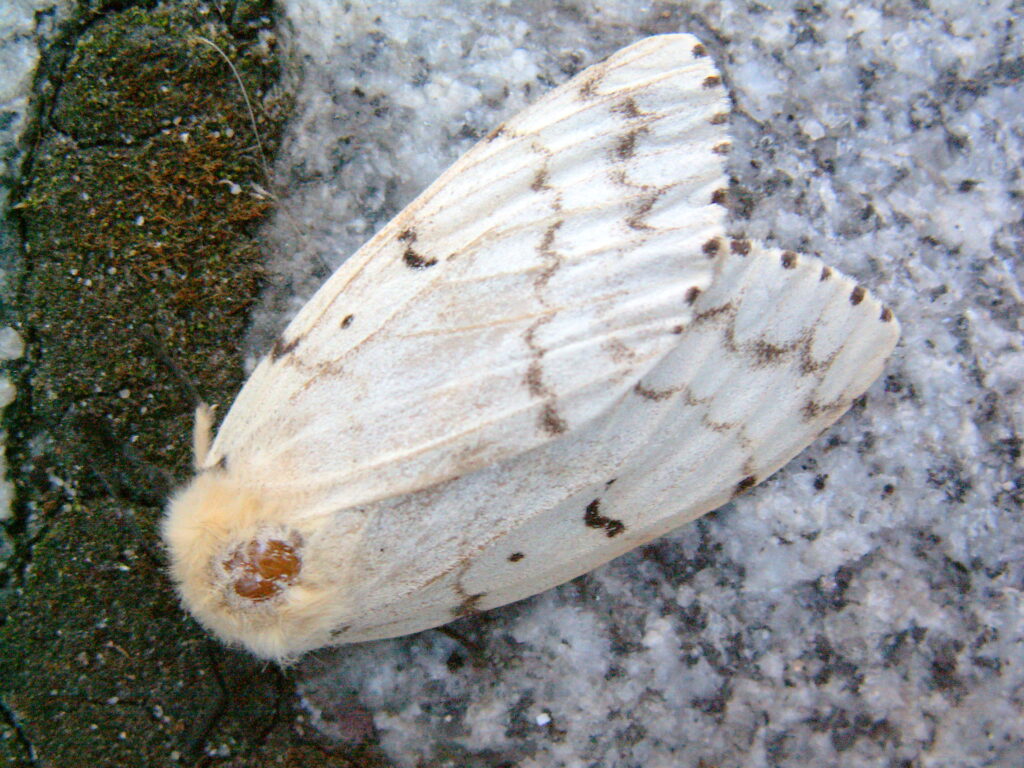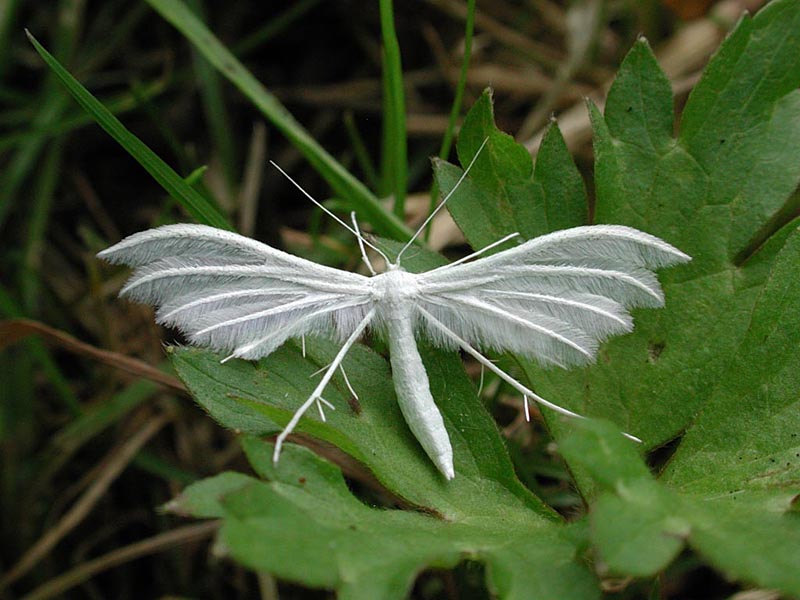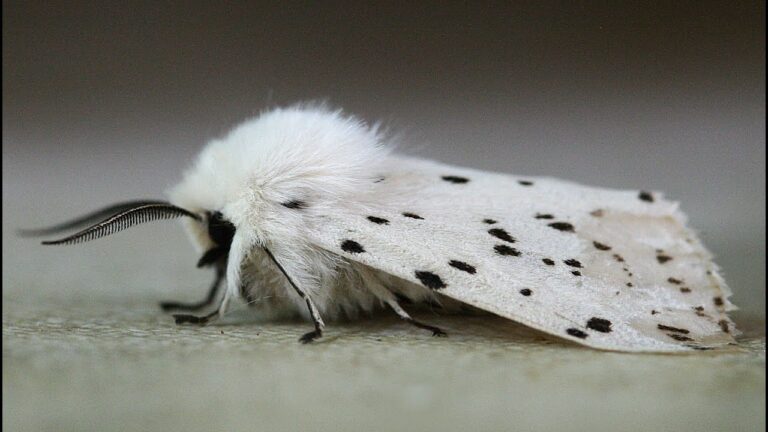White moths are not inherently rare, but their prevalence varies depending on factors like species, geographic location, habitat, environmental adaptations, and season.
Moreover, their abundance can be influenced by natural selection and human activities. To observe white moths, research local moth species and their typical colorations in your area.
How do moth species differ in coloration?
These factors provide insight into why white moths may be more or less common in certain areas and help us appreciate the complex interactions between moths and their environment.
Species Variation
Different species exhibit different colorations: Moths belong to a diverse group of insects with a wide range of colors and patterns. Some species have evolved to be predominantly white, while others may have various colors and patterns.
Furthermore, this diversity in coloration serves different ecological purposes, such as camouflage, mating rituals, or warning signals.
Some species are predominantly white: Certain moth species have adapted to have predominantly white coloration as an evolutionary response to their specific ecological niches.
For example, the peppered moth (Biston betularia) has both dark and light forms, with the light form being predominantly white. The prevalence of these white forms can vary depending on environmental factors.
Geographic Distribution

Abundance varies by region: White moth abundance can significantly vary by geographic location. This variation is influenced by factors like climate, vegetation, and altitude.
In some regions, you might find a higher concentration of white moths, while in others, they may be less common.
Regional factors influencing prevalence: Regional factors include temperature, humidity, and the availability of suitable food sources for moth larvae. In colder regions, for example, white moths might be more common as their lighter coloration can help them absorb heat from the sun more effectively.
Environmental Adaptations
Natural selection and camouflage: Moths have evolved various adaptations to survive in their specific environments. In some cases, white coloration can provide effective camouflage against predators or mimic the color of surrounding flora. Moths that blend well with their environment have a survival advantage and may become more prevalent.
Impact on coloration: Environmental factors, such as the prevalence of predators or the types of plants in an area, can influence the coloration of moths.
Over generations, moths with colorations that offer better protection or mating advantages may become more common.
Habitat
Influence of specific habitats on coloration: Moths are found in a wide range of habitats, from forests to grasslands to urban areas. The coloration of moths can be adapted to suit their specific habitat. For example, moths in urban areas may have lighter coloration to blend in with artificial light sources, while forest moths may have patterns that mimic tree bark.
Seasonal Variation
Seasonal prevalence of white moths: The abundance of white moths can change with the seasons. In some regions, white moths may be more common during certain times of the year due to factors like temperature and the availability of food plants. For instance, they might be more visible in warmer months when they are active.
Human Impact
Urbanization and pollution: Urbanization can affect moth populations by altering their natural habitats. Artificial lights in urban areas can also disrupt moth behavior.
Some moths are attracted to light sources, which can lead to increased mortality due to collisions with artificial lights.
Effects on moth distribution: Pollution and habitat destruction due to human activities can impact the distribution and prevalence of moths.
Pesticide use, for example, can have negative effects on moth populations, including white moths, by reducing their food sources or directly harming them.What are the common moth species in my area?
Using a flashlight, camera, or moth-specific trapping techniques can also enhance your observations.
Identifying Common Species: To effectively observe white moths in your area, it’s essential to identify the moth species that are most common in your region. Field guides, online resources, and local entomology experts can be valuable sources for this information. Keep in mind that the diversity of moth species can vary widely from one location to another.
Understanding Typical Colorations: Once you’ve identified common moth species, study their typical colorations. Some moths may have predominantly white wings, while others may have white markings or patterns.
Understanding the range of coloration within local moth species will help you recognize white moths when you encounter them.
How can you give the best time white moth observations?

To maximize your chances of observing white moths, consider the following factors:
- Time of day: Many moths are nocturnal, so nighttime or early evening may be the best time for observation.
However, some white moths are diurnal (active during the day), so daytime observation is also important.
- Season: White moth abundance can vary seasonally. Research when the peak activity of white moths occurs in your area. Some may be more common in spring, while others are prevalent in summer or fall.
- Habitat: Moths are often associated with specific habitats. For example, forested areas may host different white moth species than open grasslands or wetlands. Understanding the preferred habitats of white moths in your region can guide your observations.
Factors Affecting Sightings:
- Light sources: White moths are often attracted to artificial lights, so setting up a light trap or simply observing around outdoor lights can be productive.
- Weather conditions: Moth activity can be affected by weather. For instance, warm, calm nights may be more favorable for observation as moths are more active. Rainy or windy conditions may reduce moth activity.
- Plant associations: Some white moths are associated with specific plant species, as they feed on nectar or lay eggs on certain plants. Knowing which plants attract white moths can guide your observations..
FAQ’s
What does it mean when you see a white moth?
Seeing a white moth can symbolize different things depending on cultural and personal beliefs. Some consider it a sign of purity or transformation, while others see it as a reminder of a loved one who has passed away.
Is there such a thing as a white moth?
Yes, there are many species of moths that are predominantly white or have white markings. White moths exist in various regions and environments around the world.
What is a white moth that looks like an angel?
The “White Ermine” moth is often associated with an angelic appearance due to its white color and distinctive wing patterns. It’s one example of a white moth that may resemble an angel.
Are white Ermines rare?
White Ermine moths are not necessarily rare, as they can be found in many parts of North America and Europe. However, their population levels can vary from year to year.
What does the white moth mean in Islam?
In Islam, the meaning of a white moth is not explicitly defined in religious texts. Interpretations of such sightings may vary among individuals and cultures within the Muslim community.
What does the moth symbolize in Islam?
Moths are not commonly symbolized in Islamic teachings, so any symbolism attributed to them would likely be based on personal or cultural beliefs rather than specific religious doctrine.
Final Thought
In conclusion, the abundance of white moths is a fascinating subject influenced by a myriad of factors. From the diversity of species and their varying colorations to geographic distribution shaped by climate and vegetation, understanding these elements sheds light on the prevalence of these insects.
Environmental adaptations and habitat-specific colorations showcase the incredible adaptability of moths to their surroundings. Seasonal fluctuations remind us of the dynamic nature of moth populations, while human impacts, such as urbanization and pollution, underscore the fragility of their existence.
To observe and appreciate white moths, it’s imperative to research local species, their colorations, and consider environmental factors such as timing and habitat. By doing so, we can better grasp the complexities of these delicate creatures and the intricate web of interactions that govern their presence in our ecosystems.

